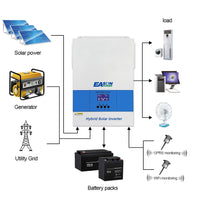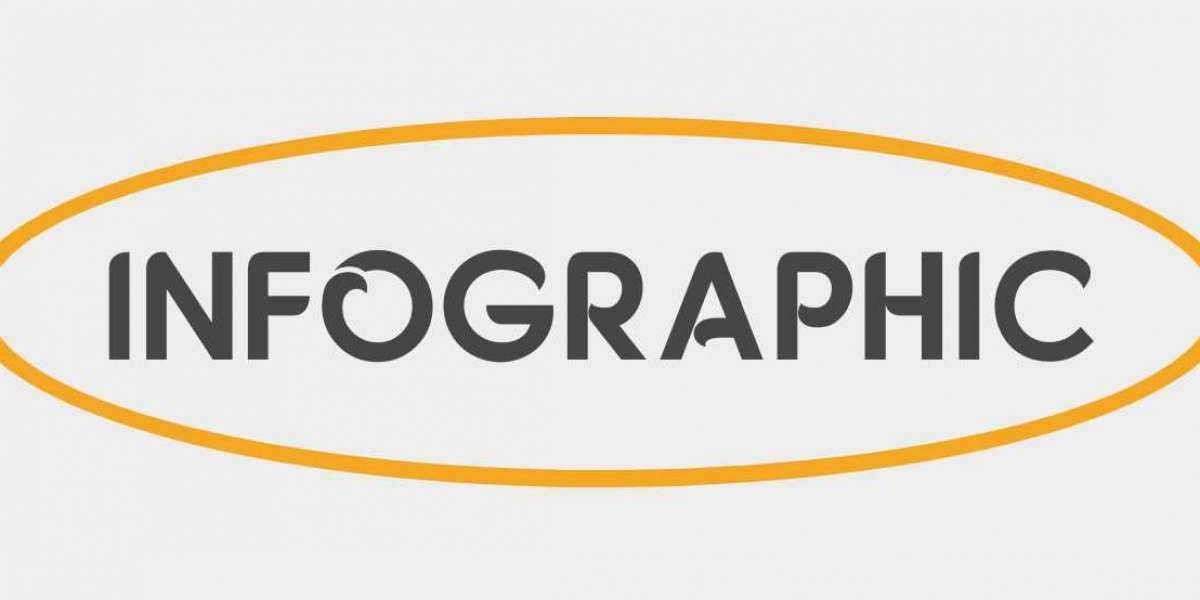Unlock the Secrets to Choosing the Perfect Solar Charge Controller for Your Off-Grid Paradise!
In the era of renewable energy, solar charge controllers play a pivotal role in off-grid systems. These devices ensure that batteries are charged efficiently and safely, regulating the voltage and current coming from solar panels. For those who dream of living off the grid or who simply wish to reduce their carbon footprint, understanding solar charge controllers is crucial. This article aims to guide you through the process of selecting the ideal solar charge controller tailored to your unique needs, emphasizing the importance of making an informed choice. Whether you’re a seasoned solar user or a newcomer to the world of off-grid living, we’re here to help you navigate this essential component of your solar system.

Understanding Solar Charge Controllers
Solar charge controllers are integral parts of any solar power system, acting as the bridge between solar panels and batteries. They regulate the energy flow, ensuring that batteries are charged correctly without overcharging or discharging too quickly. When solar panels generate electricity, the charge controller manages this energy, directing it to the batteries while maintaining optimal voltage levels. This not only prolongs battery life but also enhances overall system efficiency. There are two main types of solar charge controllers: Pulse Width Modulation (PWM) and Maximum Power Point Tracking (MPPT). Each type serves a specific purpose in different setups, making it essential to understand their functionalities to choose the right one for your off-grid system.
Factors to Consider When Choosing a Solar Charge Controller
When selecting a solar charge controller, several key factors must be taken into account to ensure compatibility and efficiency. First, consider your system voltage; most off-grid systems operate at 12V, 24V, or 48V, so it’s essential to choose a controller that matches your battery bank's voltage. Additionally, evaluate your load requirements, which entail understanding how much energy your appliances will consume. This will assist in determining the appropriate capacity of the charge controller. Battery type is another crucial factor; different batteries (lead-acid, lithium-ion, etc.) require specific charging profiles to maximize their lifespan. Lastly, consider the controller's features, such as monitoring capabilities, which can provide valuable insights into your system’s performance. By meticulously evaluating these factors, you can ensure that your solar charge controller will meet the demands of your off-grid lifestyle.
Types of Solar Charge Controllers
Understanding the differences between PWM and MPPT solar charge controllers is vital for optimizing your system’s performance. PWM controllers are typically less expensive and simpler in design. They work by gradually reducing the amount of energy sent to the batteries as they reach full charge, which is effective but can limit charging efficiency, especially in low sunlight conditions. On the other hand, MPPT controllers are more advanced and can extract more energy from solar panels, especially in varying light conditions. They adjust the input voltage to maximize the output to the batteries, making them more efficient and better suited for larger systems. Friends who have transitioned from PWM to MPPT have shared their experiences, noting significant improvements in charging speed and overall energy availability, which showcases the impact of choosing the right controller.
Installation and Maintenance Tips
Installing a solar charge controller can be straightforward if you adhere to the manufacturer's guidelines. First, carefully read the installation instructions to avoid damage. Ensure that connections are secure and clean to contribute to the controller’s efficiency. Regular maintenance is essential; check for corrosion, monitor battery health, and ensure that firmware is updated. Proper positioning of solar panels is also critical; extreme temperatures can affect performance, so gauge the most applicable practices to extend battery life. Following these guidelines will maximize your solar system’s performance, ensuring longevity and reliability.
Making an Informed Choice for Your Off-Grid System
Choosing the right solar charge controller for your off-grid system is a decision that can significantly impact your energy independence and sustainability. By understanding the different types of controllers available, evaluating essential factors such as system voltage and battery type, and following proper installation and maintenance practices, you position yourself for success in your solar journey. Whether you are just starting or looking to upgrade your existing setup, taking the time to research and choose wisely will pay dividends in the long run. Embrace the benefits of renewable energy and make an informed choice that aligns with your off-grid aspirations!









